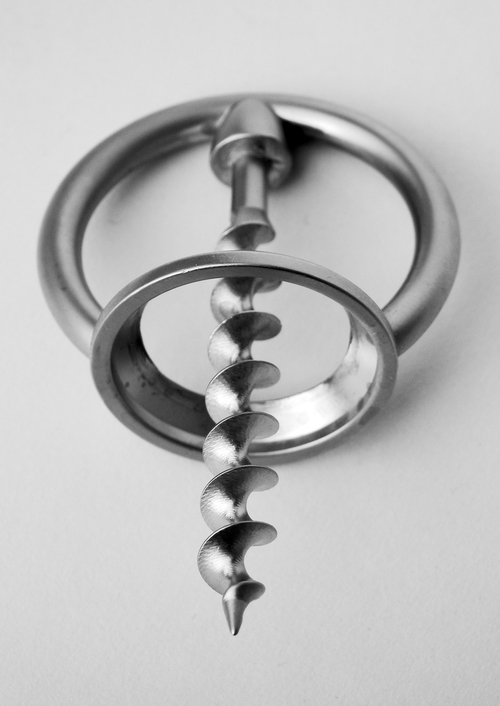Trepanation
It is hard to believe that the history of medicine regularly features people drilling holes into each other’s heads. However, this practice is one of the earliest examples of surgery. Readers may be surprised by the number of civilisations that utilised it.
The act of boring into the skull for medical intervention purposes is known as trepanation. There is evidence of it in Ancient China, Medieval Africa and Pre-Columbian Mesoamerica. There are even prehistoric cave paintings depicting it. On the surface, it might seem highly dangerous. However, depending on the era, survival rates could be pretty good.
Publications such as Sky News have occasionally reported cases of modern trepanation. In the 1970s, a filmmaker called Amanda Feilding even created a documentary where she performed trepanation on her own head. However, most professionals do not recommend the procedure due to the high risks.
If done incorrectly, the patient can be left with brain damage and be susceptible to infection. Death may be caused by skull trauma or blood loss. Furthermore, there are no verified benefits to the procedure. Proponents point to pseudoscientific reasons for why trepanation should be celebrated. Safer forms of cranial surgery have replaced it.

